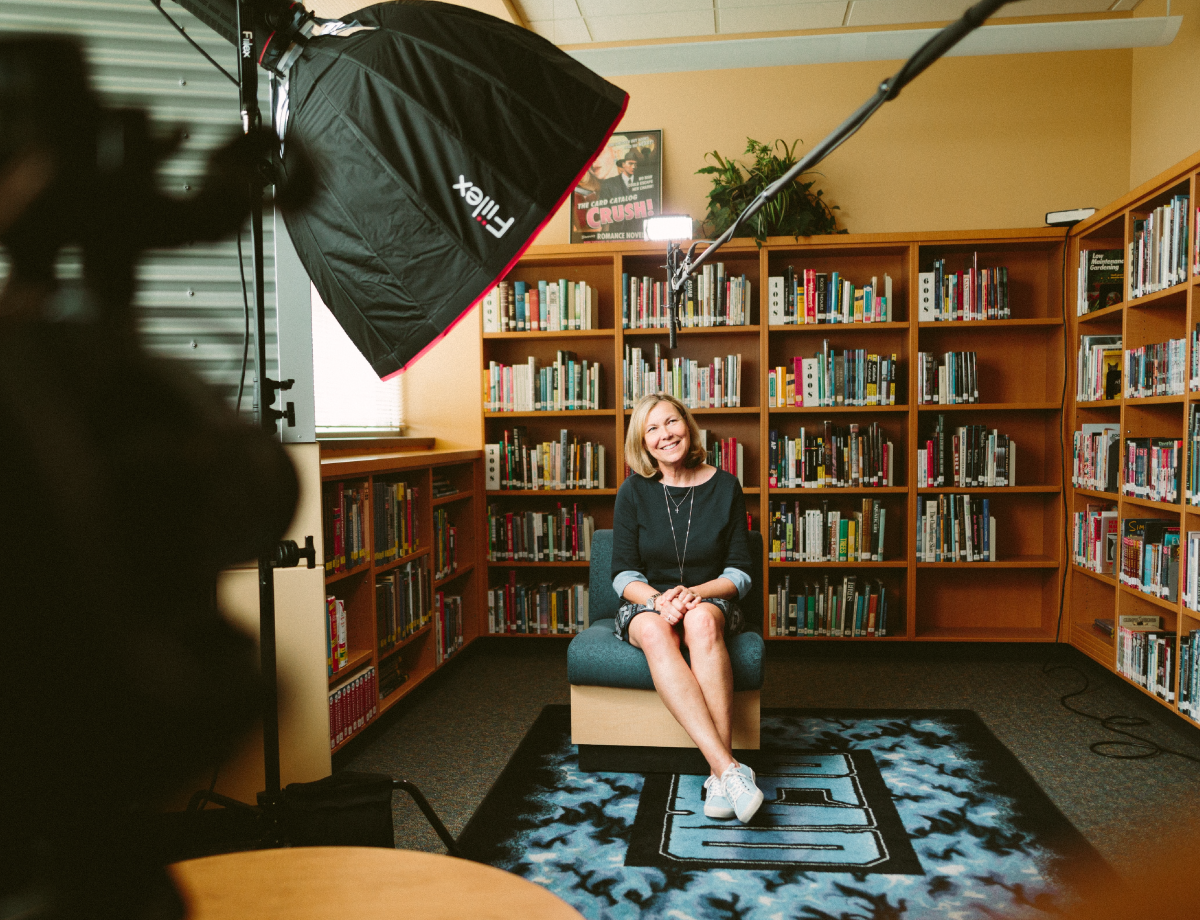How to shoot a video interview
Whether it’s for a customer testimonial video or a plug into a corporate video, interviews are a great way to bring in an endorsement, an interesting point of view or a human touch to a story. But shooting an interview can be quite challenging. If you’re wondering how to shoot a good interview video, read on:
There are a lot of variables to control, and you usually have only one chance to get it right, especially if you’re on a fixed time slot. As a global video production agency platform, we plan and facilitate interview shoots for brands regularly. Over the years, we’ve found that the success of any video interview boils down to a few key aspects. Get these right and your interview video goes to a pro level. Here are 5 tips to shoot interview videos:
1. Talking head set-up
Do you want to direct the viewer’s focus completely onto the speaker and what they have to say? Go with the talking head set-up. This is a standard format in which the speaker is framed from the chest up and it requires bare minimum equipment. Just a camera mounted on a tripod, a lapel mic, and you’re ready to shoot.
If you think a casual feel is more apt for your video, choose the talk show format or an on-location interview. This format usually has a host on camera, chatting with the speaker. The host can adjust their questions based on the speaker’s response and guide the flow of conversations, allowing for a more authentic interaction. You can keep the tone casual like the Bill Gates interview above, or make it fun as hell like Bruno Mars’ carpool karaoke below!
A spike in video podcasts have popularised another popular interview setup — remote interviews. With careful planning and the right software, you don’t even need to be in the same country as your speaker to produce high-quality interviews.
2. Stage set up
The key to a great-looking video is in the details. The location and backdrop environment influence the mood and subject of the video, so make your background interesting.
If you have an in-house video studio, take time to style your set. Stage branded design elements, if any.
If you’re shooting your interview in a room, make sure your speaker isn’t seated in front of a blank wall. This will make a speaker seem tense, just as a person backed up against the wall would look in a conversation. Instead, choose a background that best represents your speaker’s line of work or the topic of the interview itself. Aim for a quiet space, preferably one that is softly lit with provisions to add more light, if necessary.
3. Set the context
Interviews mainly help to establish or convey your speaker’s expertise on a particular subject. So don’t keep your viewers guessing what the subject is. Set a context to the interview right away. This can be done in multiple ways.
In a talk show format of interview, your host can provide an introduction before the conversation begins like the Lady Gaga interview with Stephen Colbert. Or you can make clever use of graphics or text to get the interview going like the one below.
4. Create visual drama with b-roll
B-roll is a term for any footage that isn’t of your primary talking head. It primarily adds visual interest, and supports the conversation.
Record a variety of shots of the surroundings and other material that relates to the subject, topic or location of the interview. For instance, if you’re interviewing a sales executive of a manufacturing unit, your b-roll can be shots of the factory, the manufacturing process, satisfied customers, or even external shots of the office. Visual aids like graphs and charts also work effectively as b-roll to break visual monotony as well as highlight key data points. If you need a shot of something difficult to film yourself, check out high-quality stock footage online.
5. Create magic in post-production
Post-production can breathe life into a dull interview. Before editing, review the footage and familiarise yourself with what’s available. This will help you make meaningful connections when you’re piecing the interview together. Pay attention to the speaker’s body language, gestures and any change in audio or visual quality. Once you’ve lined up your footage in a sequence, analyse which sections can use graphics to further elucidate the topic. Finally, add music, visuals, on-screen text and subtitles (wherever necessary) to make the interview more impactful
Looking for a crew to shoot dynamic interviews for your brand? Send us a brief through this contact form!

Leave a Reply